Review: Overloud Gem Voice – great vocal sounds without the complexity?
You are an aspiring producer, podcaster or content creator and you want to sound better than the rest. Especially when it comes to your voice. However, audio production – especially vocals – is not a job for the faint-hearted or budget-constrained among us. Or is it? Products like Overloud Gem Voice exist to challenge such notions. This is an affordable, all-in-one suite of virtual processors, all derived from tried and true professional studio equipment. So, technically, it’s not only for vocals – it will do just fine on instrument tracks, too!
What makes Overloud Gem Voice stand out among some incredibly adept competitors is its sheer simplicity and ease of use. So far, no audio developer has made a conscious effort towards creating a full-blown virtual analog channel strip that’s approachable even by the very novice. Understandably, that’s no walk in the park. It takes some careful considerations and top-tier technology to accomplish such a task without shipping a severely compromised product. Has Overloud succeeded? Let’s find out!
Upon launching Overloud Gem Voice, you are greeted by a fully assembled channel strip that’s yours for the twiddling. The tour begins from the Initial Preset, where all modules – except Space and Delay – are switched on and set to unity, ready for exploration.
Overloud Gem Voice: The user interface
The GUI is not scalable, but it looks appropriately sized and legible on my MacBook’s Retina display. The graphics are clean and nicely detailed, more on the slightly cartoon-y than the scientific side. The knobs are also big enough and move quite precisely, permitting surgical adjustments when needed.
The function strip up top is mostly about the presets menu, which is right next to the On/Bypass button. There, you will find 6 factory banks, with each bank holding up to 50 presets. More banks can be added by the user. Gem Voice ships with a good bit of presets, some designed by name producers like Joe Barresi. They serve well to explore the suite’s potential and provide solid starting points for further refinement – not to mention a peek into the workflow of professionals doing exemplary productions.
The Save button lets you capture the current settings as a preset, while the A/B buttons enable quick comparisons between two presets. Undo and Redo buttons are available, along with a Menu button where you can access the user manual, support, and a Preferences panel. There, you may want to enable the ‘Keep Master level while changing presets’ option for easier judgement and to prevent being caught off-guard by abrupt volume spikes.
Looking at the modules, there are Level knobs, as well as On/Bypass and Solo buttons at the bottom of each. This way, you can hear what exactly a specific module is doing to your audio in isolation. Also of note is the spectrum analyzer (center-bottom), which visualizes your compression or equalizer settings, depending on which module you are using at the moment. It is also possible to operate the equalizer while looking at the compression and vice-versa, which is useful.
Note that the modules cannot be rearranged by the user. This does simplify the plug-in for beginners, but also stands in the way of flexibility – one cannot place the equalizer before the compressor, for example, or put the tape sim at the end of the chain. There’s a workaround, such as running multiple instances of Gem with only the specific modules you need enabled, in the order of your choice. But an optional ‘Advanced’ mode with some liberty in chaining modules would be a more elegant solution.
With the interface now familiar, let’s see what each module has to offer…
Mic Preamp
Our first stop is the mic preamp module. There are four models to choose from, complemented by a Gain knob, low-cut, and phase reverse buttons. The preamp emulations are dead-on, as far as I’m concerned. The S4000 (SSL) sounds surgically clean, the N80 (Neve) is expectedly smooth, the T88 (Trident) is warm and gooey, and the Sun 69 (Helios) is musical and present. Judged solely on their own, the differences in sound are subtle. Yet, the more processing you add down the chain, the more pronounced each preamp’s character becomes.
Tape Sim
Simple as it looks, the tape module is very fun and realistic-sounding. There are 6 models with different recording speeds, as well as 4 “character” models. The available controls are Drive and Blend. I was pleased to hear how each tape model sounds and distorts noticeably different from the rest. The Drive control can be pushed quite hard, well into delightfully grimy or creamy-sounding tape overdrive. But if you are more about that subtle warmth and compression, simply dial back the Drive and blend to taste. Fans of tape saturation and distortion will have a field day with Gem Voice.
Enhancer
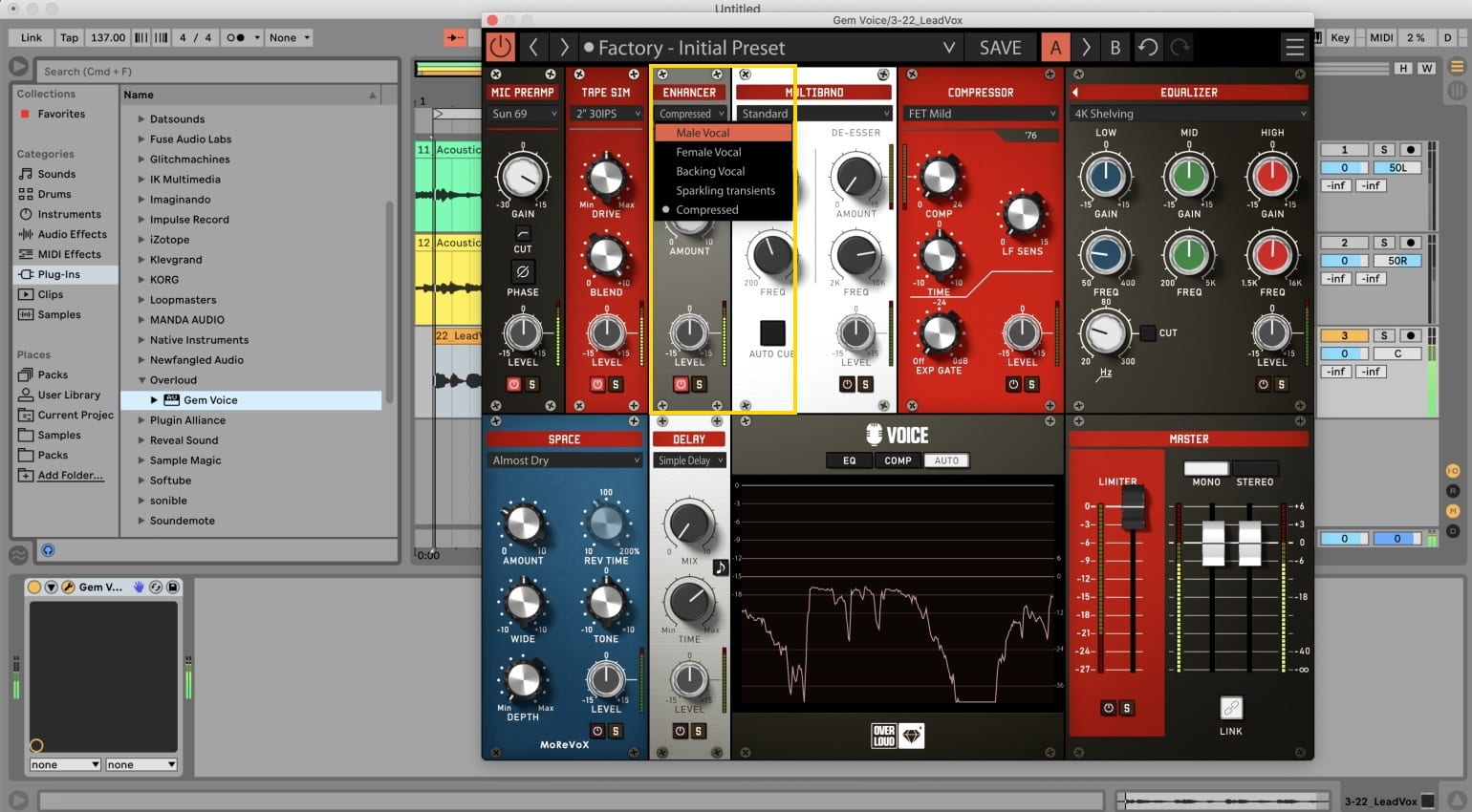
The Enhancer does what it’s supposed to without the danger of destroying your audio. · Source: Gearnews
The Enhancer module is a simple one-knob affair with a choice of 5 fixed frequencies – generally in the ballpark of 3 – 4kHz. This can be the answer when you want to help an instrument or vocal cut through the mix with added attitude.
Being so basic, this module may seem a bit half-baked if you are used to something like an Aphex exciter with its separate Low and High controls. However, I get Overloud’s intention here. With a great exciter/enhancer comes great responsibility. A more powerful module could easily end up overused by the kind of users Gem Voice targets, turning perfectly good recordings into boom and shrill. This one is just capable enough to deliver the goods without devastating your audio.
Multiband
The Multiband module is a compressor optimized for getting rid of boxiness and de-essing. It takes some fiddling of the Freq knobs before you home in on the exact frequencies you want to suppress. But otherwise, a processor of this type couldn’t have been made simpler. A thoughtful feature is the Auto Cue button, which automatically soloes the module while you are making adjustments. It is easier to hunt down the boxy and ess-ing stuff this way.
Compressor

The compressor module is all about that analog goodness, but without the extra tweaking. · Source: Gearnews
A combined compressor and gate/expander, the Compressor module aims to simplify what are, perhaps, the toughest audio processors to master. The Gate/Expander only has a Threshold control, while the Compressor has Comp (threshold), Time (combined Attack/Release), and LF Sens. controls. These are tied to 3 kinds of compressor emulations.
Overloud is going for the tried-and-true with a choice between the punchy, present character of the UREI 1176 (FET) or the sweet, gentle tube sound of the Teletronix LA-2A (Opto Tube). The latter is also available in a slightly edgier-sounding Solid State variant.
Overloud’s take on the 1176’s characteristic strengths is particularly smart. The three presets let you use it for basic peak reduction, all-out limiting (hello, drum bus!) or just for the added harmonics. Regardless of your choice, it’s difficult – though not impossible – to over-compress your audio. Tread carefully.
Equalizer
The Equalizer module is incredibly solid for a basic three-band unit. You get sweeping Low/Mid/High Gain and Frequency knobs to play with, along with a high-pass filter. All four can be controlled either from the knobs, or from the spectrum analyzer – drag the dots and listen.
Overloud loves hardware emulations, so it’s giving you a nice set of options – an SSL 4K-series EQ (Shelving or Peaking), a German EQ (probably Neumann or Studer), a British EQ (must be a Neve or Trident), Proportional Q (the EQ bandwidth gets increased the more you apply it), and Band Limit (careful here, sailor!). It’s a great choice of workhorse EQs that stood the test of time for a reason.
Space
The Space module contains a superb reverb with a comprehensive, but intuitive control set. My advice is to go for the presets right away, and tweak from there. They are many and are remarkably well done. Nothing too esoteric – just properly applied, very usable reverbs that give voices and instruments depth and dimension in the mix.
Delay
The Delay module is very basic, but there is a time and place for complex multi-tap delays and this isn’t it. Simply adjust the delay time in milliseconds or note values, and blend to taste. For more creative applications, head to the presets and you will hear doubling, swells, ping-pong, and slapback. I think the delay engine is more capable than it seems. Therefore, some more controls (or presets) to explore its potential wouldn’t have hurt.
Master
Our last stop is the Master section, which contains a simple Limiter with threshold control, and output volume controls which can be linked for Stereo operation. Don’t forget to switch to Mono when loading Gem Voice on a mono track to give your computer an easier time.
Pricing Overloud Gem Voice
At the intro price of EUR 99 (down from EUR 169), Gem Voice offers immense value. It’s a full-blown channel strip containing well-known and excellent-sounding gear emulations that are greatly simplified, but not dumbed down.
Overloud Gem Voice Alternatives
The EUR 99 intro price for Gem Voice is very fair. But at EUR 169, we have some powerful alternatives to consider.
iZotope Elements Suite
You are currently viewing a placeholder content from YouTube. To access the actual content, click the button below. Please note that doing so will share data with third-party providers.
The first that comes to mind is the iZotope Elements Suite, which is USD 199 standard, but is regularly on sale. iZotope’s Elements processors don’t service gear emulation afficionados quite like Gem Voice does. They do, however, ship with excellent presets, are very intuitive, and offer cutting-edge automated functionality which greatly reduces the bouts of trial-end-error.
PSP Audioware InfiniStrip
You are currently viewing a placeholder content from YouTube. To access the actual content, click the button below. Please note that doing so will share data with third-party providers.
Priced USD 199, but on sale for USD 150 or less throughout September, PSP Audioware’s InfiniStrip is a professional channel strip containing a whopping 22 hardware-modeled modules, which can be freely chained in a 7-slot virtual rack. A clear advantage that Gem Voice has over InfiniStrip is its carefully thought-out simplicity. InfiniStrip is more of a hardcore audio engineer’s virtual wet dream. But if you are not in a hurry, feel like picking up a challenge, or are a preset kind of person (there are 150 here!), InfiniStrip offers very good value.
Waves Scheps Omni Channel
You are currently viewing a placeholder content from YouTube. To access the actual content, click the button below. Please note that doing so will share data with third-party providers.
Regularly priced USD 149, but put on a perpetual sale which sees its current price dropped down to a mere USD 42, the Waves Scheps Omni Channel is a force to be reckoned with. While more complex than Gem Voice, Scheps Omni Channel is very tightly integrated and full of analog glory. It features preamp, compression, EQ, gating, and de-essing as utilized by a top-tier producer (Andrew Scheps). Definitely an offering worthy of consideration, especially while on sale. Novice users will need the manual, though!
Slate Digital All-Access Pass
You are currently viewing a placeholder content from YouTube. To access the actual content, click the button below. Please note that doing so will share data with third-party providers.
If you don’t mind going the subscription route, Slate Digital’s All-Access Pass subscription plan can net you the superb Virtual Mix Rack suite of rack-able analog processors for as low as USD 10 a month. That, and other fancy stuff like console emulations, a bespoke tape machine, and fantastic reverbs. If subscriptions aren’t your thing, Virtual Mix Rack alone costs USD 150. Regardless of your preference, these are some of the finest and most user-friendly analog hardware emulations around, and they have been for a long while.
McDSP 6050 Ultimate Channel Strip
You are currently viewing a placeholder content from YouTube. To access the actual content, click the button below. Please note that doing so will share data with third-party providers.
At the time of writing, McDSP’s whole 6050 virtual rack can be had for a measly USD 50! That’s 28 modules – 10 EQs, 10 compressors, and then utilities like gates and saturators. The virtual rack lets you chain three modules in an instance, and audition them on the fly. While I wouldn’t outright recommend it for novice users, the processors are reasonably simple to use and there are plenty of presets that can get you started. For a one-time payment of USD 50, it really doesn’t get better than that.
Conclusion: Overloud Gem Voice Review
A smartly designed processing suite, Gem Voice is perfect for aspiring producers and content creators who want to sound good without being overwhelmed by the sheer complexity of audio production. There is a modest learning curve involved if you wish to rely on your own judgements when tweaking the processors. Otherwise, the presets are a source of instant gratification that should not be overlooked, even if you are knowledgeable in things audio. A lot of effort went into these and I think they are brilliant.
You are currently viewing a placeholder content from YouTube. To access the actual content, click the button below. Please note that doing so will share data with third-party providers.
One response to “Review: Overloud Gem Voice – great vocal sounds without the complexity?”

 3,3 / 5,0 |
3,3 / 5,0 | 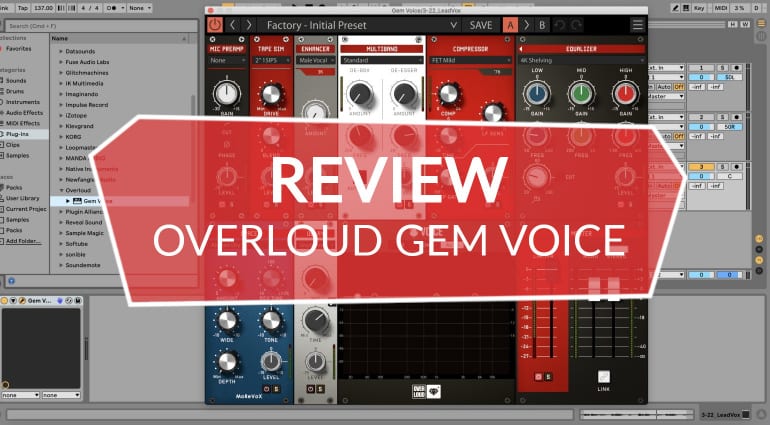


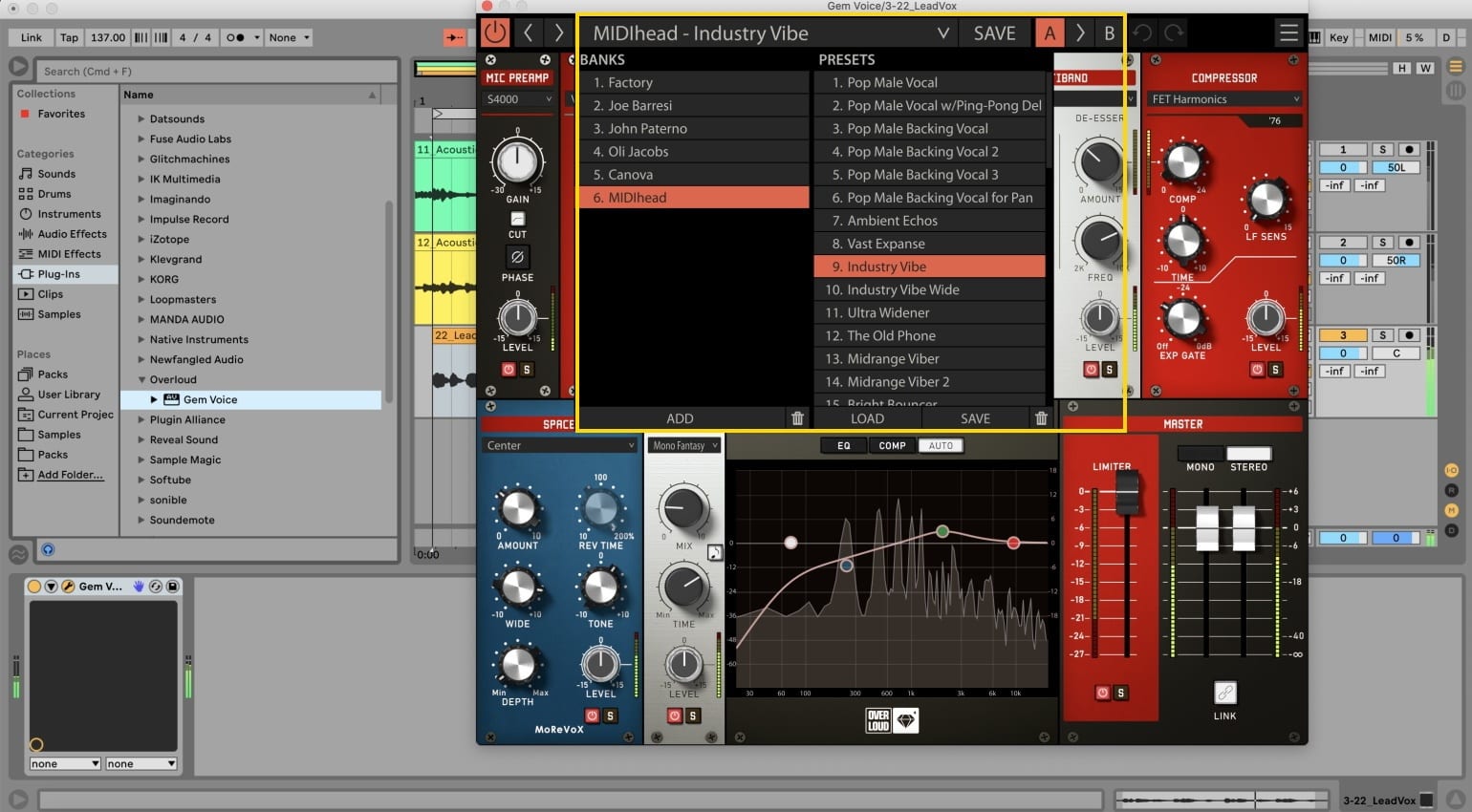

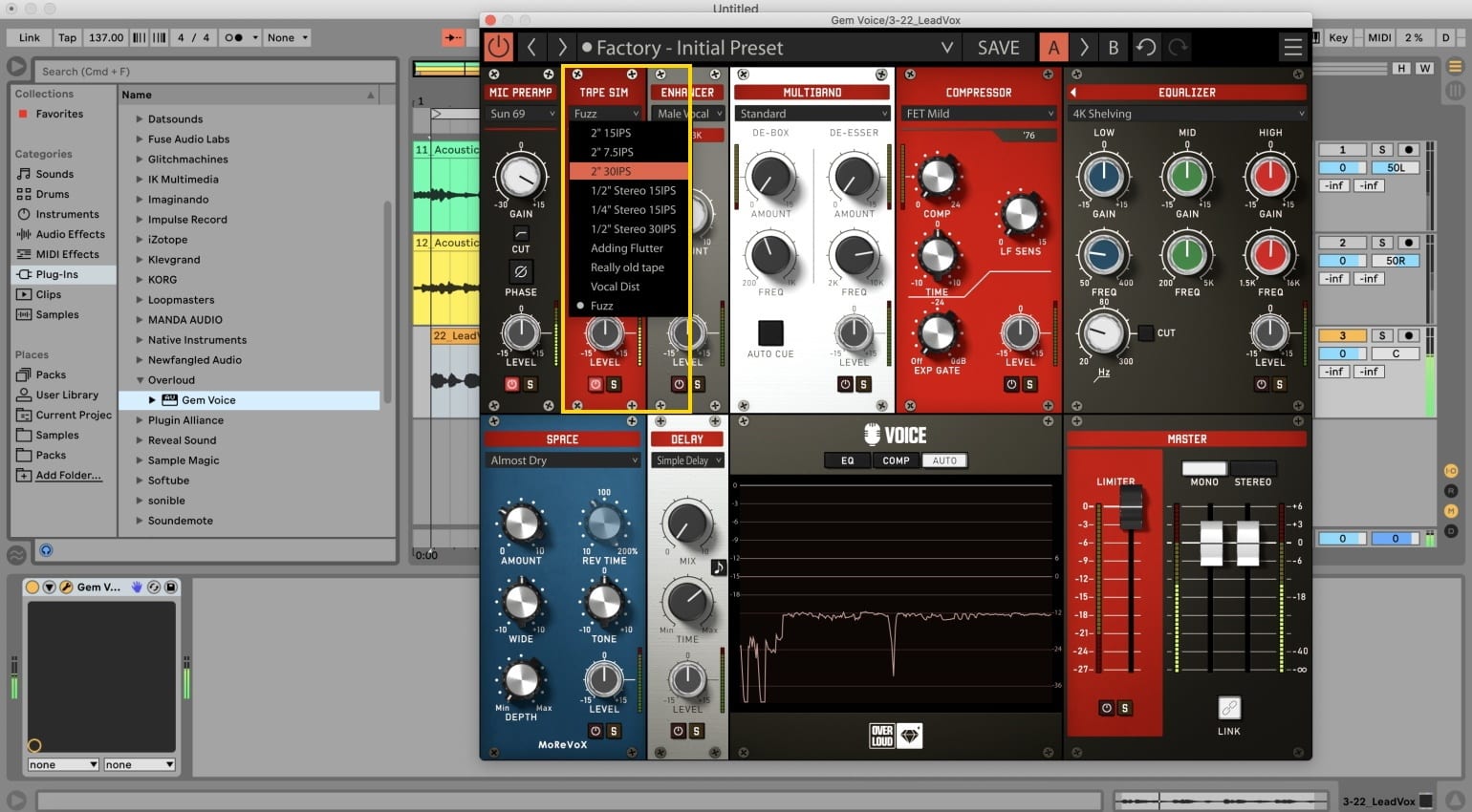


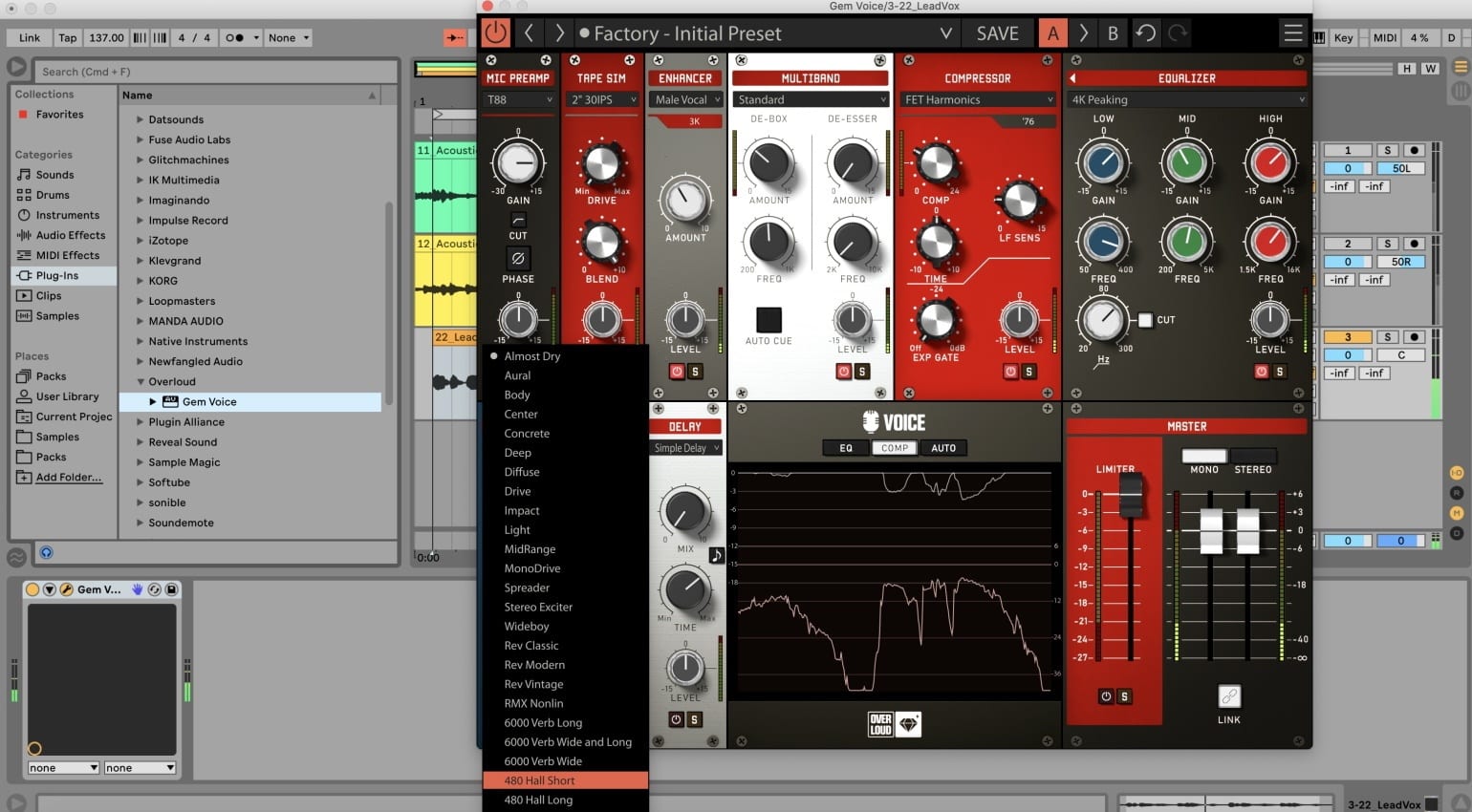
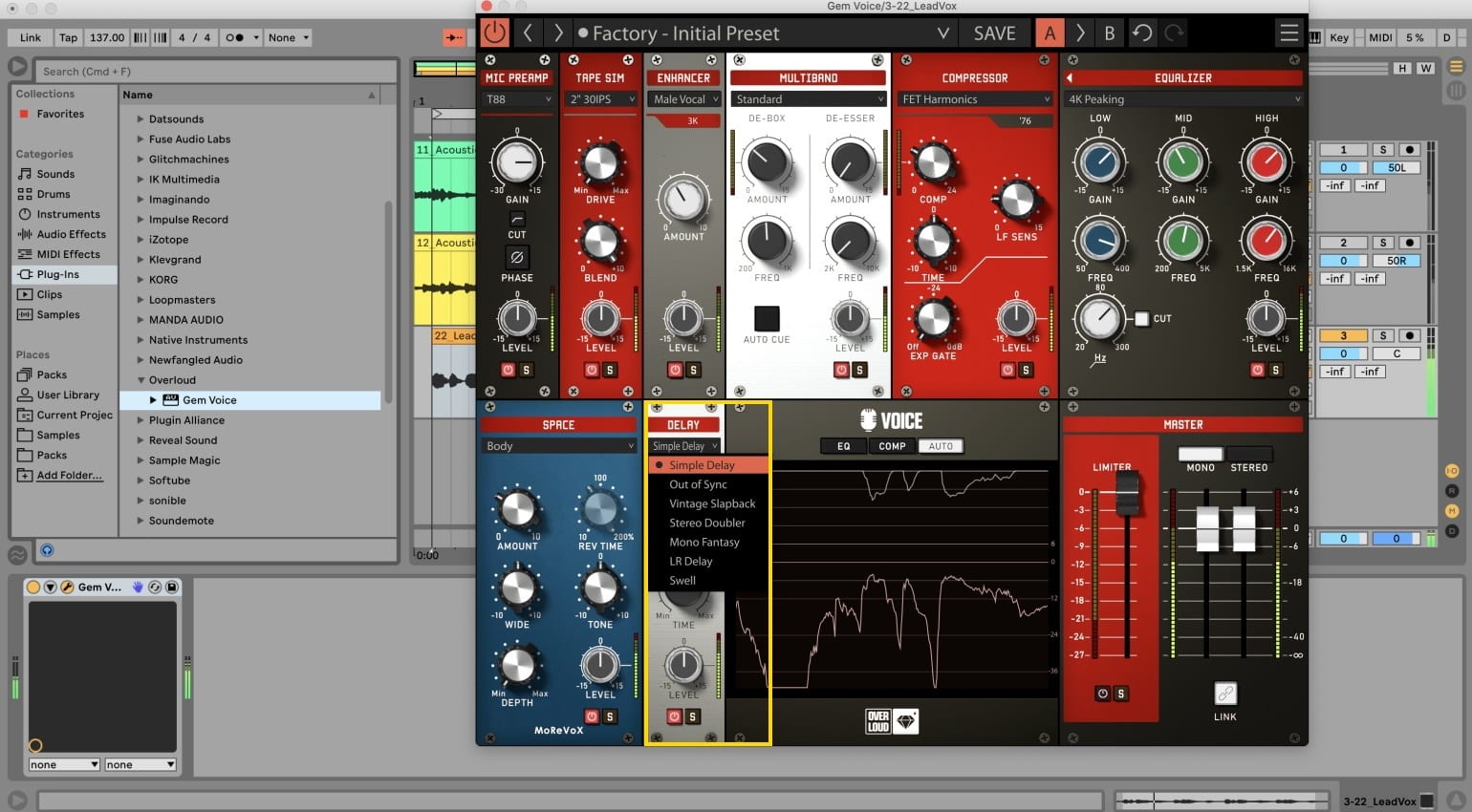
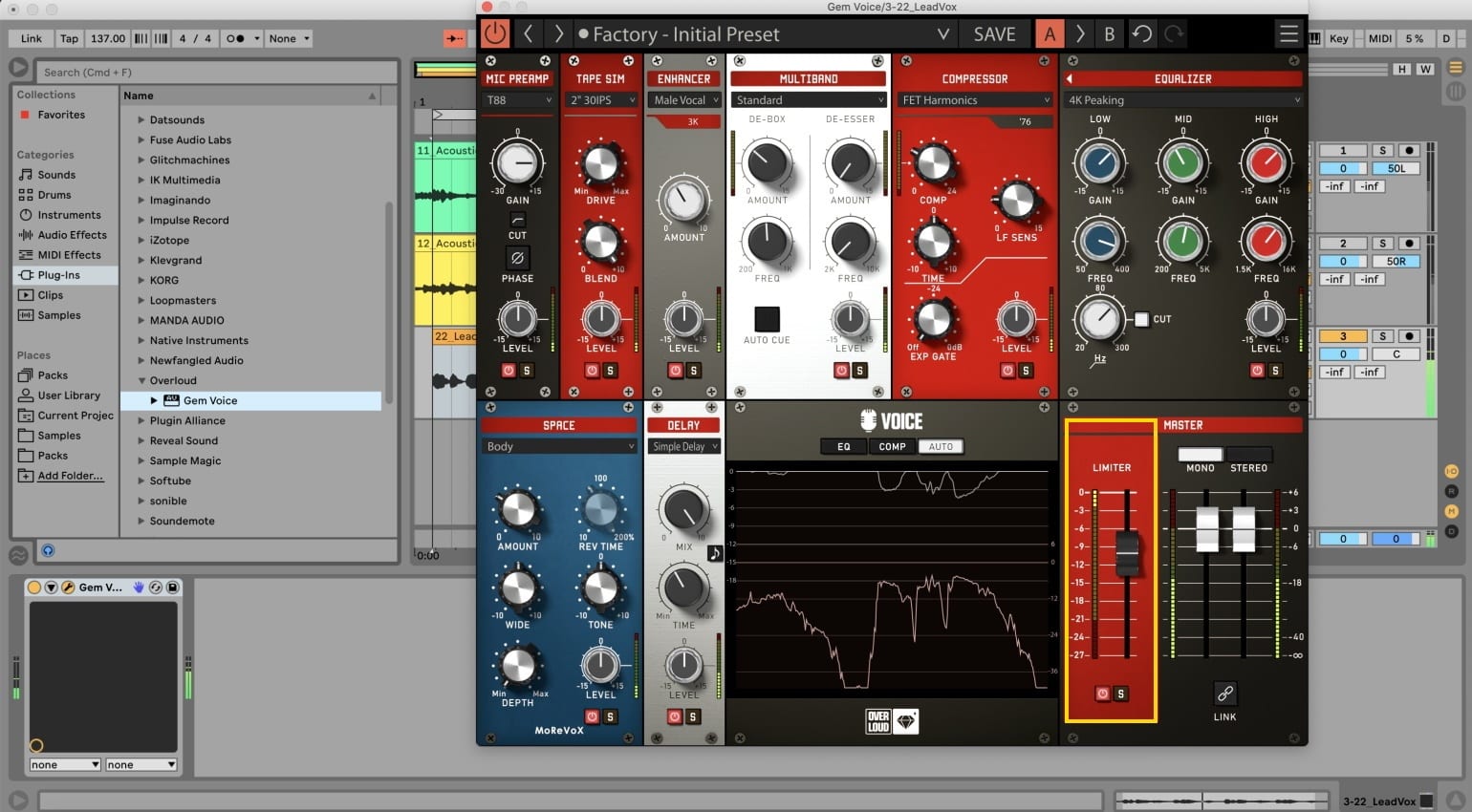
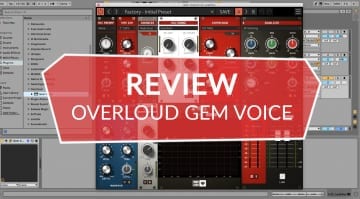


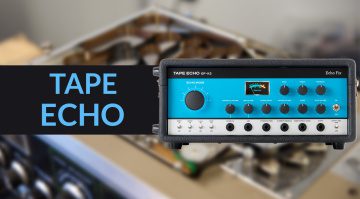
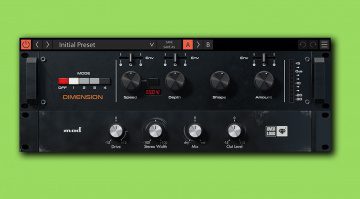
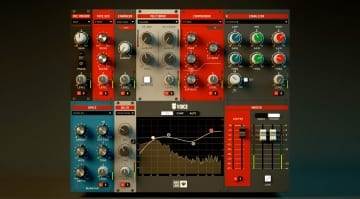
GREAT!
How Much Please?